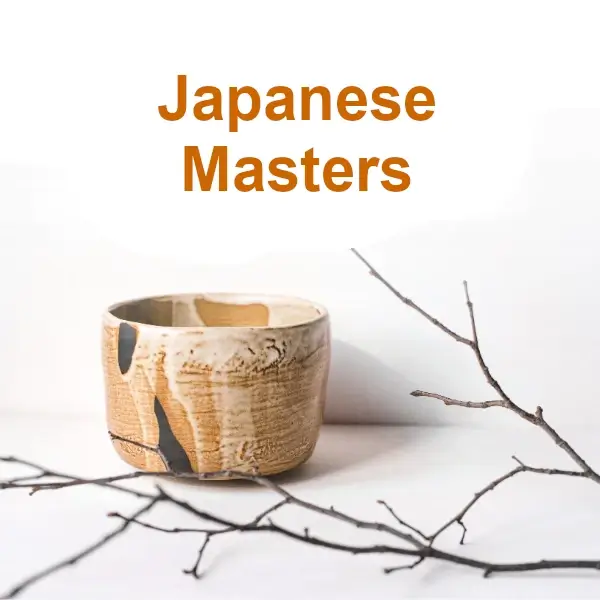The yukaku glaze of Japan’s ceramics

Meet the unknown Yukaku glaze
The “yuyaku” glaze is a well-kept secret because of the beauty it achieves in the final finish of the ceramic pieces.
In Japanese pottery, it is known for its ability to create a glossy, multicolored finish on the surface of the clay.
This type of glaze, applied before the final firing, transforms into a glassy layer when subjected to high temperatures, offering not only a visual improvement but also a protective layer that improves the durability of the ceramic.
Although not all “toki” (Japanese ceramic) ware uses this glaze, some such as Kasama and Hagi ware do, while others such as Bizen and Echizen do not.
In addition, Satsuma ware is an example where the “yuyaku” glaze plays an important role, especially when used in categories such as “Shiro Satsuma” and “Kuro Satsuma”, each with a different type of “yuyaku” glaze that contributes to its unique visual characteristics.
The best works in Japanese ceramics
In the context of Yokkaichi Banko ceramics, although commonly made without decorations such as the “yuyaku” glaze, they opt for warm designs that complement the tea experience well, showing the versatility and wide application of the “yuyaku” glaze in various Japanese ceramic traditions.
Traditionally used in various forms of Japanese pottery, yuyaku glaze allows artisans to express their creativity through a wide range of decorative techniques.


